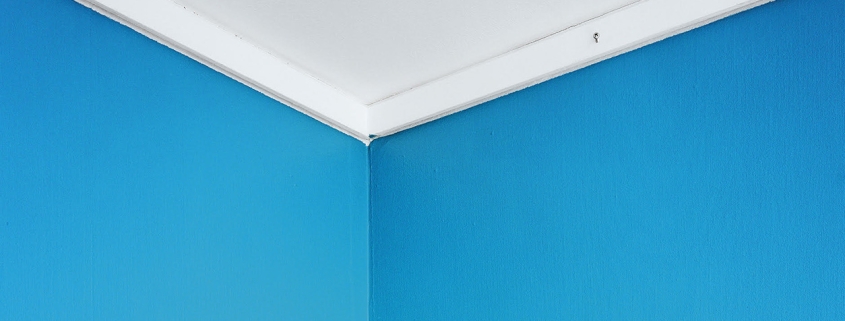ZERO MOMENT, DALE
Juliane Eirich
Curator: Cătălin Gheorghe
STATEMENT
Zero moment is that fraction of time which can be experimented when you are situated between two perceptive spaces. One negative, in which silence and calm attract you in a perplexed state of anxiety and uncertainty, and one positive, in which is happening an overturning of a situation, an impulse to control emotionality and to impose an understanding.
Being at an artist residency in Dale, a rural community somewhere by a Norwegian fjord, Juliane Eirich explores an invisible border of the self in different situations of reclusion and walking in the surrounding landscape. The photographs appear as a representation of contextual attention or as an imagination of dissolving humanity in the vague empire of nature. The houses seem to be phantom-like, as if never inhabited, but probably maintained by invisible forces, and landscapes, branches of the birch trees, leaves, grass, and stone walls are entities marked by transformation, by something that is impossible not to have happened.
The images we see are surprising at the indeterminate limit between serenity and tumult, at that zero moment situated between the silence of a non-happenstance and the uneasiness of something that is happening. The state of calm in the contemplation of the details and the surroundings — of the structural form and undefined chromaticity of a leaf, of the temporal verticality of a grass thread, of the equilibrium in the instability of a landscape — is contrasted by a state of uneasiness, an existential anxiety on the way to come up soon.
It can be noticed, however, that the use of the camera to capture that zero moment does not have the function of unifying experiences, but rather of illuminating the separation of the natural condition from the (perhaps) human constructions. In the artistic decision of creating the image, nature resonates with the function of visuality, but only to highlight the affective value of the atmospheric elements.
In this regard, the spatial movement of the photographer, involving the use of close-ups and distant shots, seems to be used as a cinematic metaphor for measuring closeness and remoteness by studying the detail and keeping a distance from what may seem alien. Also, the decision to print the photos to a larger or smaller size involves the action of the viewer, as long as the viewer have to move closer or further away from the photographs in order so see details or the whole photograph.
Suspended in the atmosphere of the zero moment, physically motionless in front of the image, we can be empathically transposed in the solitude of the photographer inserted between the alienation experience and the zen resolution.

